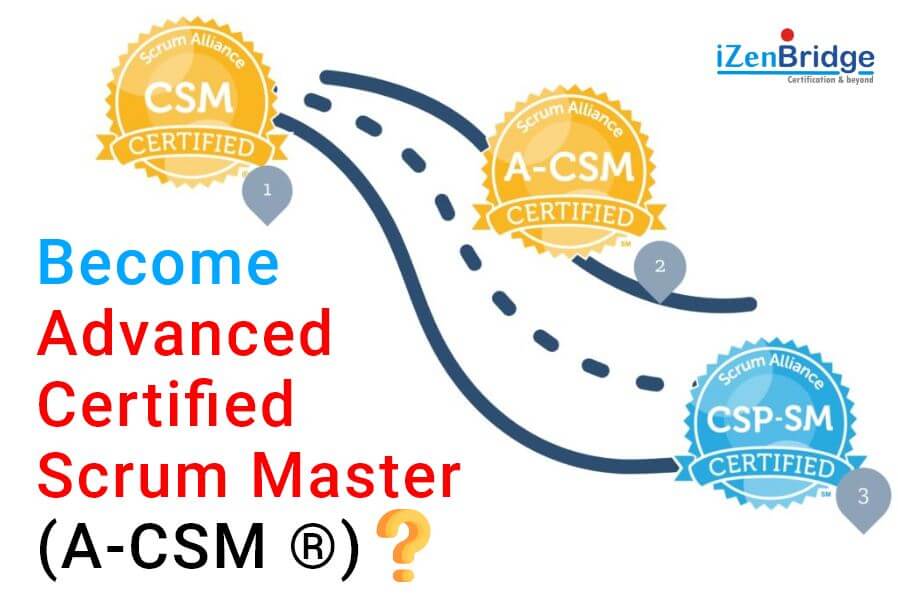

A-CSM® is an advanced Scrum Master certification from Scrum Alliance. As practitioners, many of you are qualified by Scrum Alliance as a Certified Scrum Masters (CSM®). Further, most of you may aspire to become a Certified Scrum Professional (CSP). A-CSM introduced by Scrum Alliance is a stepping stone in your journey to becoming a CSP. This blog is an attempt to clarify some of the fundamental queries you may have on A-CSM®. Below is a compilation of queries we received on A-CSM®, which we clarified through conversation with Sekhar Burra, certified Scrum Trainer (CST). He has been training CST programs for a while now and is now approved to provide A-CSM® programs from Scrum Alliance.
Here’s a gist of the candid interview with Sekhar.
Saket: Why should one go through the A-CSM® certification program? What are the benefits of becoming an A-CSM® certified professional?
Sekhar: This certification is essentially for practicing scrum masters who wanted to get better at what they are doing. If you look at the A-CSM® learning objectives, it is heavily focused on facilitation. Furthermore, this program helps people get better at coaching, which is one of the mandatory skills for a Scrum master. In addition, this program also emphasizes on servant leadership. In short, this is a program where you can excel as a scrum master, get better at what you are doing and more often this is a program comprised of numerous practice exercises where as a scrum master you derive a lot of value from each of it.
A-CSM® is a program focusing on facilitation, coaching, system thinking and servant leadership.
Saket: How does this program fit into the overall certification path of scrum alliance?
Sekhar: Starting 2018 Jan, Scrum Alliance has designed a program called as the path to CSP education. In this path to CSP, you have a CSM® program at a beginner level, you have an A-CSM® program at an intermediate level and certified Scrum Professional scrum master (CSP scrum master) which is the highest level. Essentially, you could imagine this to be a pyramid.
So the A-CSM® program is the one that connects to you CSP right after CSM®. The prerequisites for becoming an A-CSM® include:
As a student we have to enter your experience into the Scrum Alliance portal. This ensures that the instructor can view all your experience, your story of being a Scrum Master, your challenges, experiences and ways & means you adopted to help your teams to get through the challenges. This ensures a holistic evaluation of the student.
So A-CSM® is a key milestone to achieving CSP in your scrum master journey.
Pre-requisites: Valid CSM® along with 1-year experience as a Scrum Master demonstrated in the scrum alliance profile.
Few points to note on having a valid CSM®:
One needs to get CSM® active in order to do an A-CSM® program
Saket: Is it possible to get this certification done online?
Sekhar: Yes!, there are three ways of completing this program:
Saket: If I aspire to become an A-CSM® what should I do?
Sekhar: You can enroll into A-CSM® program. One thing that can be done immediately after enrollment is we send you pre-class reading materials. Along with this, you will get some homework, which you have to submit to your instructor. There may be some face to face conversations with instructor before you get started. The reason behind the pre-class homework is that we wanted to ensure that everyone in the class can come to the same starting ground. This makes it easy for everyone to follow the program. At the end of the program there will be an informal evaluation to complete the course.
Please watch the interview with Sekhar Burra:
No Trainings found